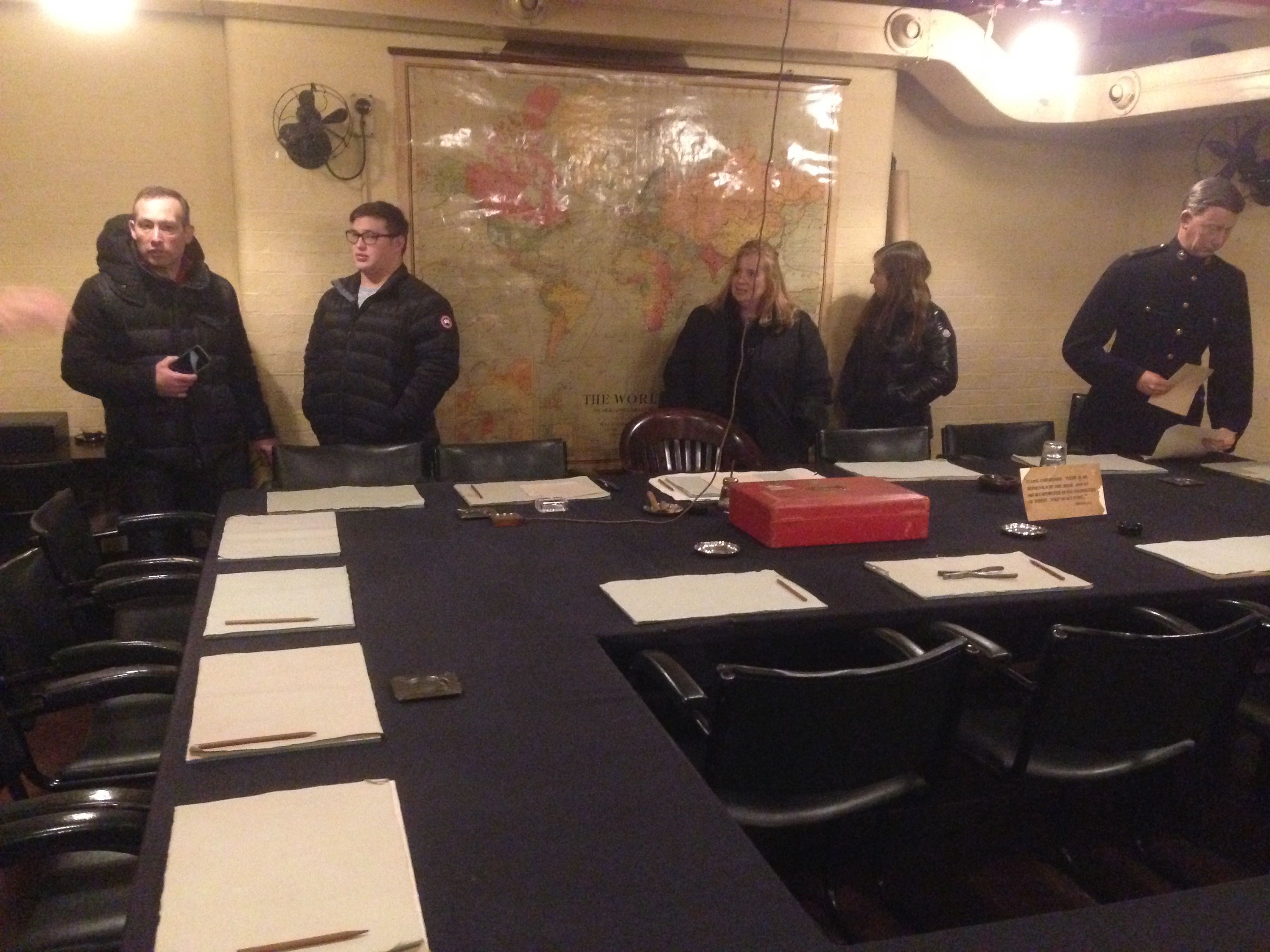
The Royal Gold Cup
Walk into Room 40 in the British Museum via the staircase in the entrance lobby and the first thing that hits you is this wonderful […]

Walk into Room 40 in the British Museum via the staircase in the entrance lobby and the first thing that hits you is this wonderful […]

Up in Room 40 of the British Museum you will find one of the most stunning bits of medieval carving to survive – a citole […]

My Instagram Live talk from today about the Cabinet Room in the Central War Rooms and how it was used in WW2. “This is the […]

With us all locked down it’s impossible to do tours at present, so I’ll be experimenting with some online tours. This is the first effort (at […]

One of the most famous of the early medieval exhibits from the museum is the Lewis chessmen. 93 separate pieces, in a variety of sizes, […]

The very first moving pictures of London were taken by the cinematographic pioneer William Friese-Green in January 1889. He filmed Apsley Gate near Hyde Park […]

So I’m researching a short blog post on the architecture of Wood Street in the City of London, and Mr Google presents me with an […]
Copyright © 2024 | WordPress Theme by MH Themes